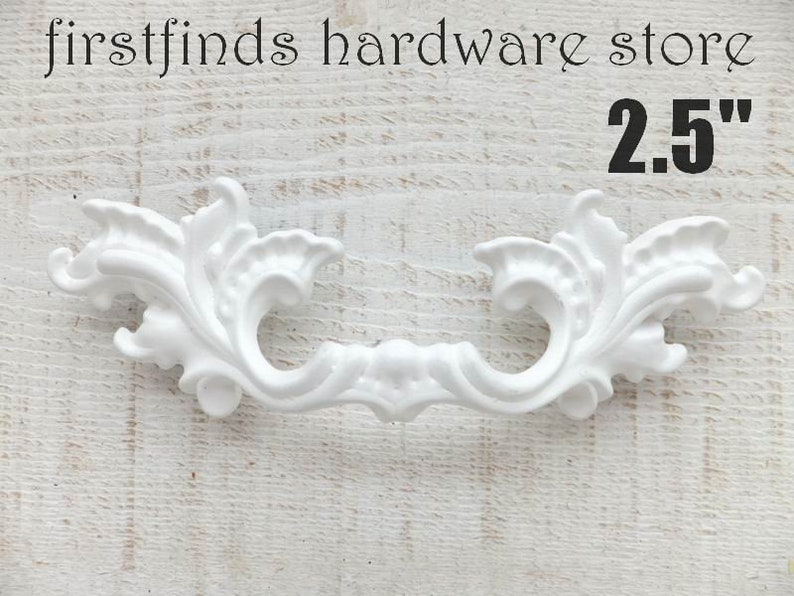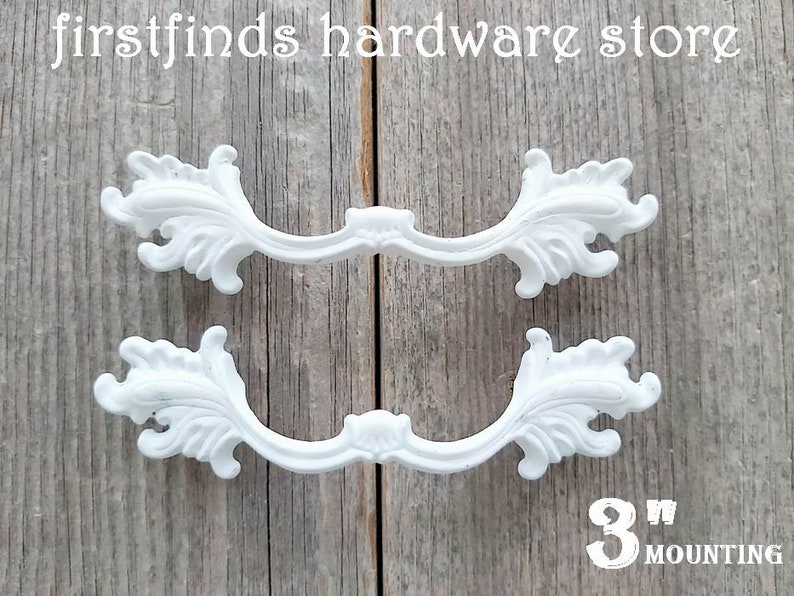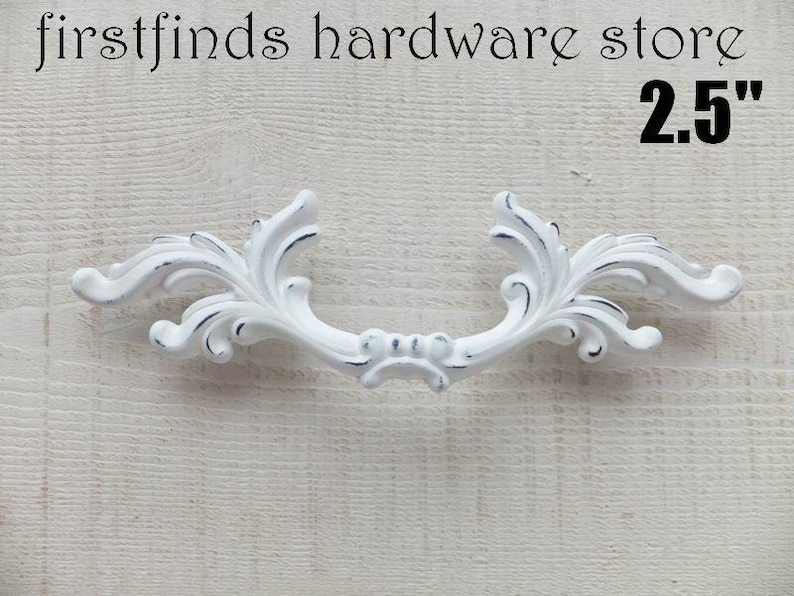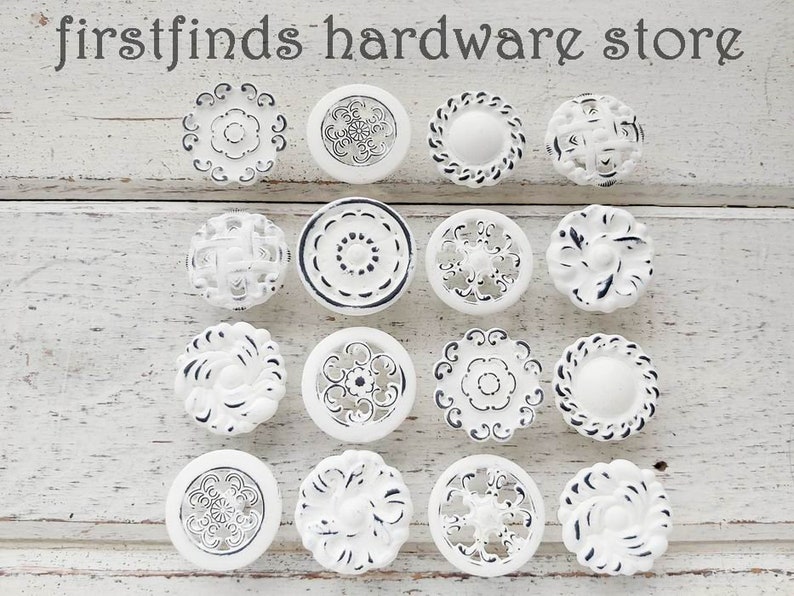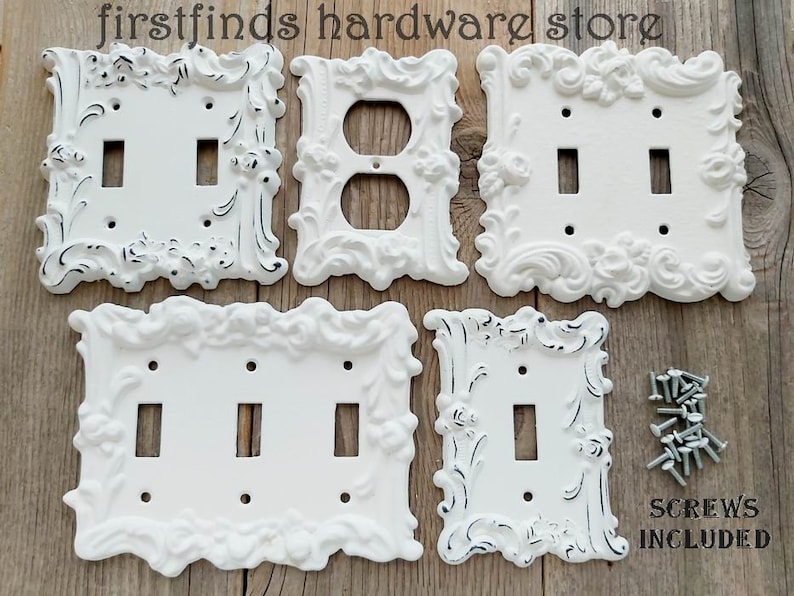
This is an advanced painting project that I did on some bi-fold doors using Annie Sloan Chalk Paint with clear and dark wax.
Here is a close up of the finish.
PRACTICE
The main technique I used for this project was to crackle the paint.
Before I started I did some tests to see what kind of look
I could achieve with the products I had on hand.
I tried different strokes, timing, and heat.
PLEASE NOTE:
the doors I used had been stained & painted blue before
I started, my technique was to cover that blue completely
***************************************************
Step 1 - GLUE
I applied glue to the door by stippling it or tapping it as seen
below. I worked in small sections and I let the glue get tacky.
This is the glue I had on hand, most white glue works for this.
***************************************************
below. I worked in small sections and I let the glue get tacky.
This is the glue I had on hand, most white glue works for this.
***************************************************
Step 2 - PAINT
I brushed a buttery cream chalk paint over the tacky glue. If I
fussed with the paint at all it created texture as seen below.
Texture is not a bad thing.
***************************************************
fussed with the paint at all it created texture as seen below.
Texture is not a bad thing.
***************************************************
***********************************************
This image below shows an area I went back to re-brush and
this was the result. In the end it is a good thing but I didn't
want too much of this.
***************************************************
Step 3 - CRACKLE
This was the most intense part of the project.
I dried the creamy yellow paint with a hair dryer and this made
it crackle. I worked in sections and it was very time consuming.
Watch the following videos to see the crackle happen.
I dried the creamy yellow paint with a hair dryer and this made
it crackle. I worked in sections and it was very time consuming.
Watch the following videos to see the crackle happen.
***************************************************
*******************************************
The final step to the creamy yellow was to smooth out any
high spots in the paint. I used a 220 grit sand paper to knock
off any peaks created during the brush painting.
***************************************************
Step 4 - BLUE PAINT
I mixed a beautiful blue color to paint over the creamy yellow

********************************************
Step 5 - WAXING
The next step was to smooth out the paint finish with a 220
grit sand paper. The sanding exposed some of the creamy
yellow and also created flat plateaus on the surface.

***************************************************
grit sand paper. The sanding exposed some of the creamy
yellow and also created flat plateaus on the surface.

***************************************************
Next, I clear waxed the blue. This was an important step to
protect the color because I was going to be following with
DARK wax which can really change the paint color in ways
I might not like.
protect the color because I was going to be following with
DARK wax which can really change the paint color in ways
I might not like.
CLEAR WAX - apply with a brush or rag and wipe off the
excess wax always with a clean rag. No buffing need at this point.
***************************************************
excess wax always with a clean rag. No buffing need at this point.
***************************************************
Once my clear wax was dry (20 mins), I applied the DARK
wax and removed the excess. I always wear gloves when
DARK waxing.
***************************************************
The final step was to get rid of the overall dirty look
that DARK wax leaves behind ....
I brushed a little clear wax on (below left)
and
buffed the excess off (below right)
the nice brilliant blue shines through
leaving the DARK wax to highlight the crevices
***************************************************

HOW TO BUILD:
***************************************************
SNEAK PEAKS ON INSTAGRAM






















